Trump’s new Middle East doctrine: Bridging alliances or repackaging interests?
- Update Time : Monday, May 19, 2025
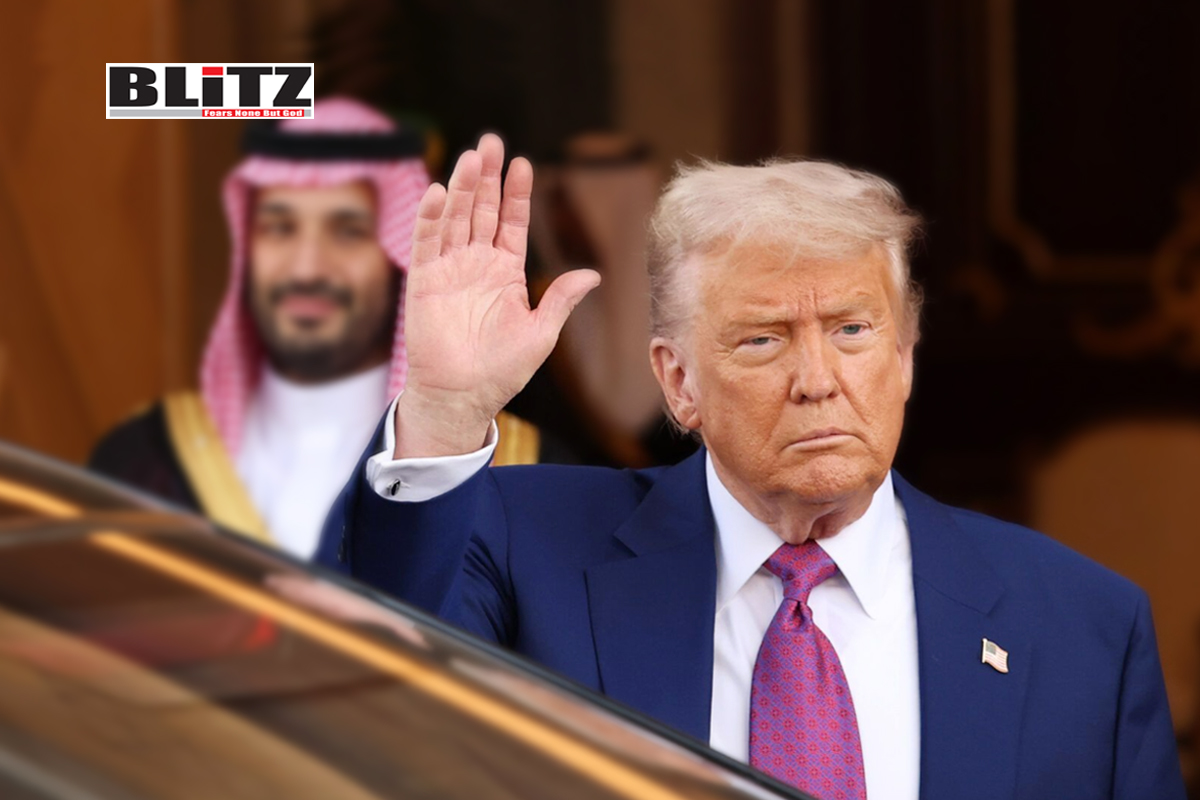
In a turbulent world defined by power shifts, proxy wars, and fragile alliances, the Middle East remains the axis around which global energy security, religious identities, and strategic military decisions revolve. US President Donald Trump’s recent diplomatic engagements, particularly his high-profile visit to Saudi Arabia and neighboring Gulf states, signal what he hopes will be a recalibration of America’s role in the region. Framing himself as a disruptor of past interventionist paradigms, Trump proposed a vision that claims to bridge historic divides while, critics argue, merely repackages American interests in a new rhetorical garb.
Trump’s approach marks a distinct departure from his predecessors, especially the liberal internationalism of Barack Obama and the neoconservatism of George W. Bush. Instead of pursuing nation-building or enforcing democratic ideals, Trump’s Middle East doctrine is transactional, realist, and unapologetically rooted in American self-interest. During his speech in Riyadh, he famously denounced the concept of nation-building, remarking, “The so-called nation-builders wrecked far more nations than they built.” It was a sharp critique of seven decades of US foreign policy, encompassing wars in Iraq, interventions in Libya and Syria, and longstanding support for authoritarian regimes under the guise of promoting democracy.
Yet, while this rhetoric resonated with many in the Arab world weary of foreign interference, it also raised profound questions. Is America turning its back on values-based diplomacy? Or is it embracing a pragmatic approach that acknowledges regional realities without illusion?
Central to Trump’s vision is the repositioning of the Gulf states-particularly Saudi Arabia-as essential partners in a redefined American foreign policy strategy. These nations, once seen primarily through the lens of oil and arms deals, are now portrayed as pivotal players in global trade, regional stability, and counterterrorism efforts. Their vast energy resources, financial influence, and geographical placement provide the scaffolding for a potentially multipolar alliance framework.
Saudi Arabia’s Vision 2030, an ambitious plan to diversify its economy and reduce its dependence on oil, aligns conveniently with Trump’s desire to reduce American military involvement and shift toward economic partnerships. Both sides see mutual benefit in this alignment: the US gains a reliable partner that can counterbalance Iranian influence, while Gulf states secure economic and military assurances without being lectured on human rights or democratic reforms.
Perhaps the most controversial element of Trump’s Middle East vision lies in his reconfiguration of the US-Israel relationship. While historically, Washington has offered near-unconditional support to Tel Aviv, Trump’s administration, despite relocating the US embassy to Jerusalem and brokering the Abraham Accords, occasionally signaled a more tempered tone.
The complexities of the Israeli-Palestinian conflict, intensified by recent violence in Gaza and expansionist rhetoric from Israeli Prime Minister Benjamin Netanyahu, have raised ethical and strategic dilemmas. Trump’s statement that America acts in its own interest-without seeking Israeli permission-hints at a more independent posture, one that may pave the way for new Arab alliances or, conversely, stoke tensions with traditional US allies.
New York Times columnist Thomas Friedman’s assertion that “this Israeli government is not our ally” underscores a growing rift within US intellectual and diplomatic circles about the costs of blind allegiance to Israel, especially as human rights violations and settlement expansions persist.
A major impediment to any enduring US-Arab rapprochement remains the unresolved Palestinian issue. Trump’s diplomatic pivot, however novel in tone, fails to fundamentally address this enduring crisis. The lack of meaningful pressure on Israel to cease its occupation or respect international law has eroded US credibility in the Arab world.
Many regional observers argue that without a just resolution to the Palestinian issue-specifically, the establishment of a viable and independent Palestinian state-any alliance-building will be superficial at best. The Abraham Accords, while heralded by some as groundbreaking, are viewed by others as political theater that ignores the core grievance of the Arab street.
Trump’s framing of himself as a peacemaker may play well domestically or earn him accolades abroad, but his credibility in this role hinges on confronting the foundational injustices in the region, not merely facilitating arms deals or energy contracts.
While Trump’s administration emphasized realignment with traditional partners, it cannot ignore the growing influence of China and Russia in the region. Both powers have stepped into voids left by American retrenchment-Russia in Syria, and China through its Belt and Road Initiative and strategic energy partnerships.
This multipolar drift complicates Trump’s Middle East ambitions. The Gulf states, increasingly pragmatic, have diversified their diplomatic portfolios. They no longer rely solely on the US for military or economic support. Instead, they engage Moscow and Beijing to hedge against American unpredictability and Western conditionality.
For instance, Saudi Arabia’s recent diplomatic overtures toward Iran-brokered by China-exemplify this shift. Trump’s vision must therefore contend with a Middle East that is no longer exclusively tethered to American hegemony but is now an arena for global power play.
Trump’s rhetoric about shifting from military intervention to economic cooperation is not without merit. The emphasis on development, trade, and infrastructure investment presents an opportunity for the US to play a constructive role-if approached with sincerity and humility.
Saudi Arabia’s Vision 2030, and similar modernization efforts across the Gulf, reflect a regional appetite for diversification, innovation, and progress. Trump’s transactional approach, focused on mutual benefit, could support these goals if not subsumed by short-term profit motives.
But achieving this vision requires more than deals. It demands trust, cultural sensitivity, and an understanding that stability cannot be achieved through authoritarian consolidation or suppression of dissent. True development is intertwined with justice-economic, political, and social.
Trump’s diplomatic foray into the Middle East, though layered with contradictions, offers a potential recalibration of US strategy-one that acknowledges past failures and seeks new paradigms. But whether this recalibration results in stability or further fragmentation depends on how deeply it grapples with the region’s core challenges.
The Middle East is not merely a chessboard for great power rivalry. It is home to real people, with real aspirations-for peace, prosperity, dignity, and self-determination. Any American vision that sidelines these human dimensions will ultimately fall short.
If Trump’s Middle East doctrine is to succeed, it must go beyond slogans and deals. It must bridge divides-not just between states, but between peoples. That requires confronting uncomfortable truths, prioritizing long-term stability over short-term gain, and crafting a diplomacy rooted in mutual respect rather than strategic exploitation.
Only then can the US, under any administration, play a meaningful role in forging a new, inclusive, and peaceful Middle East.




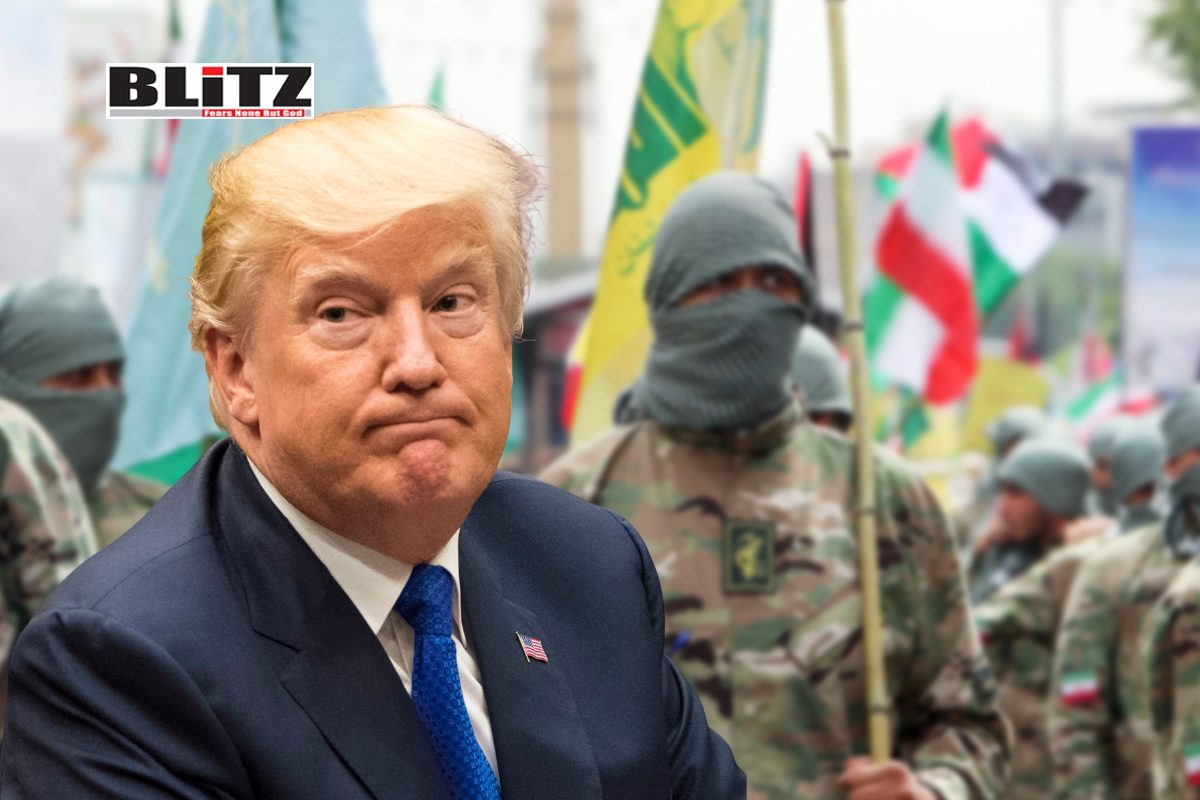
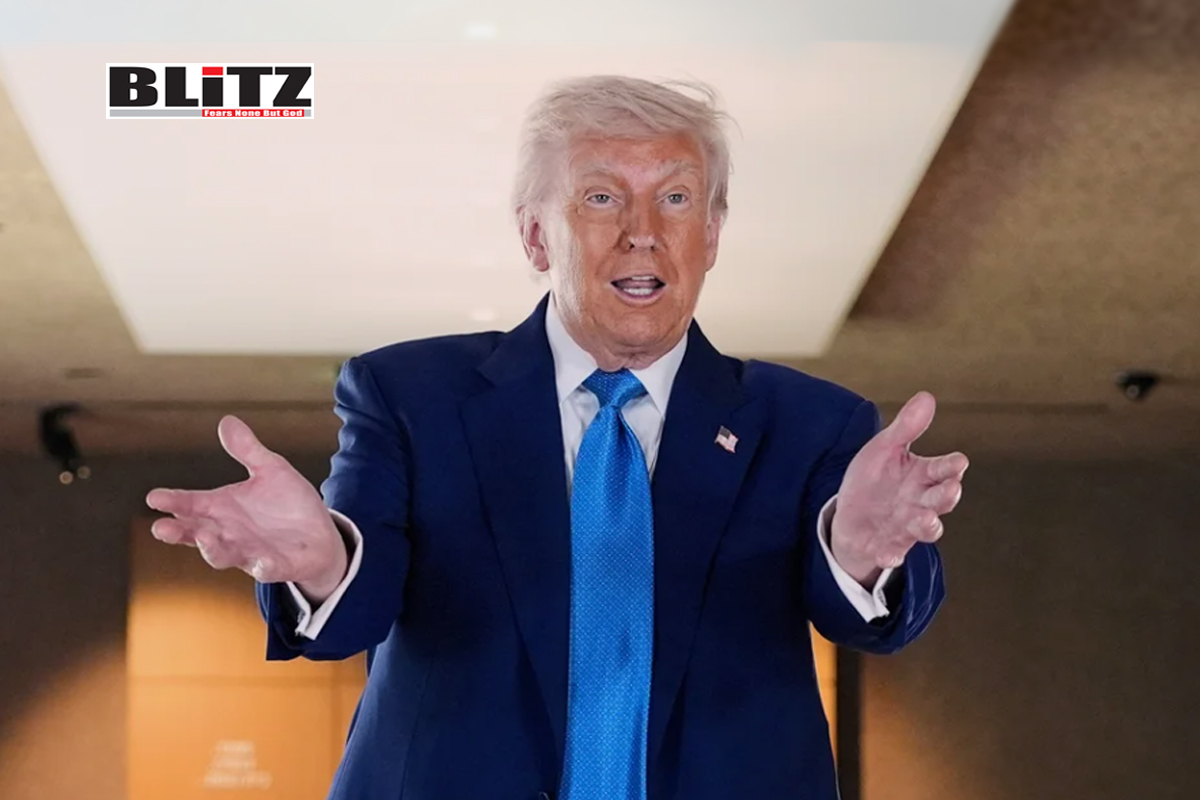
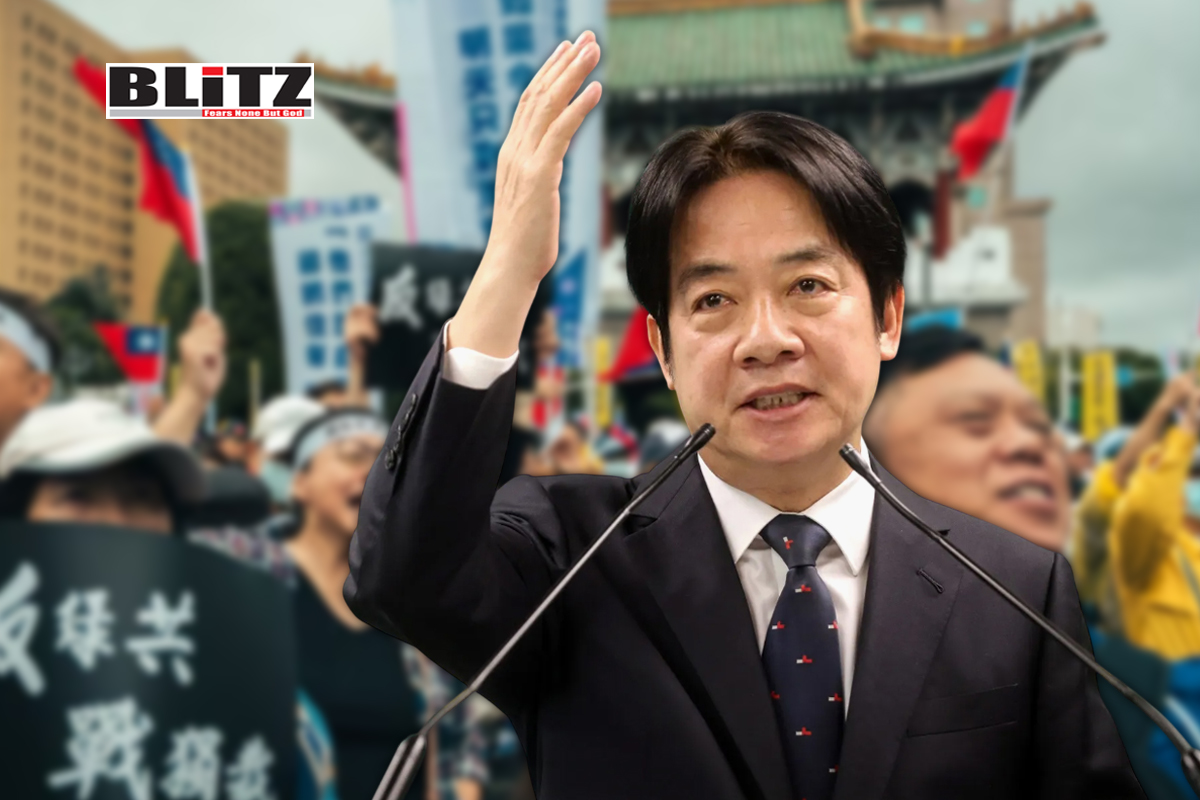
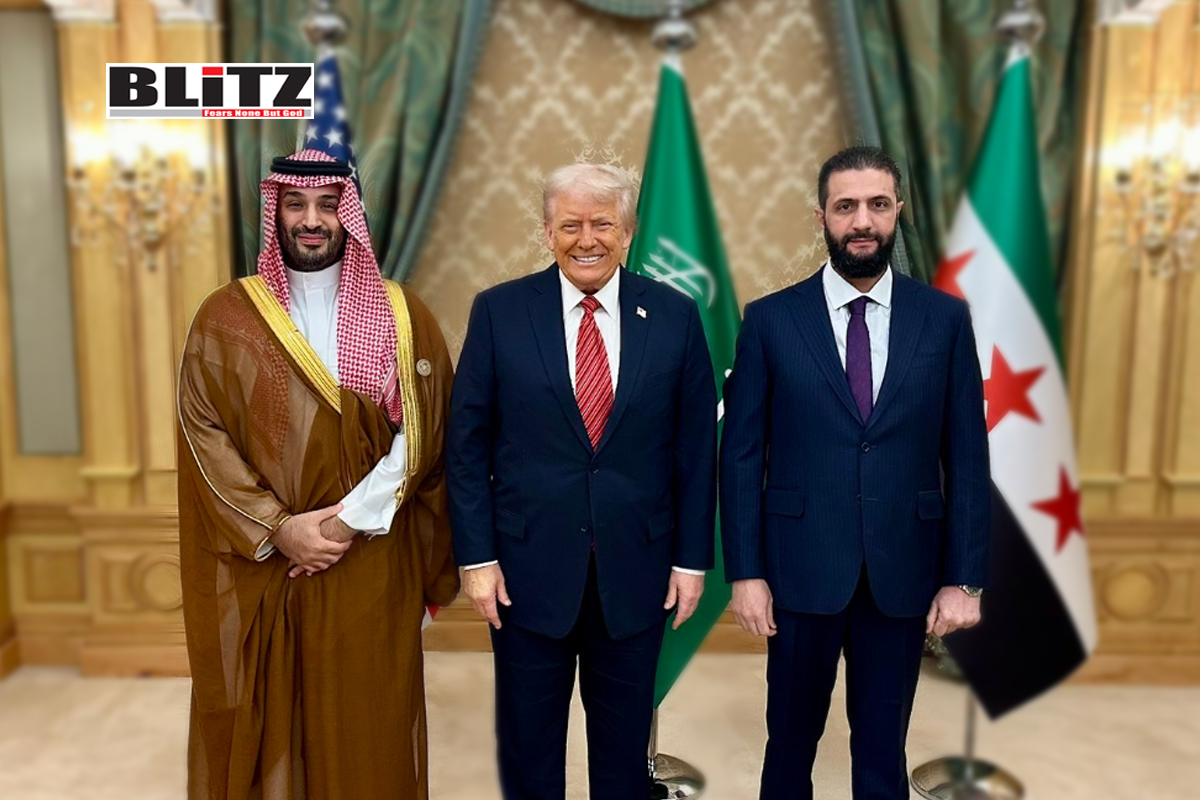
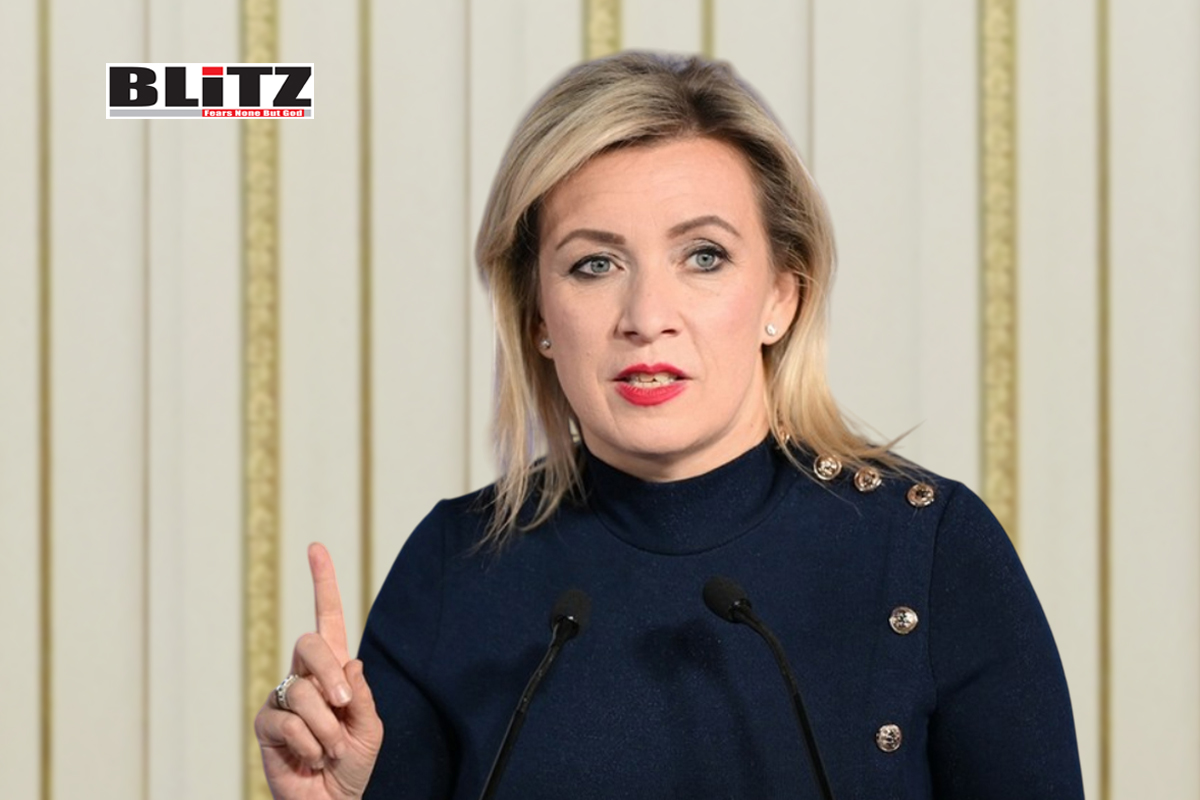
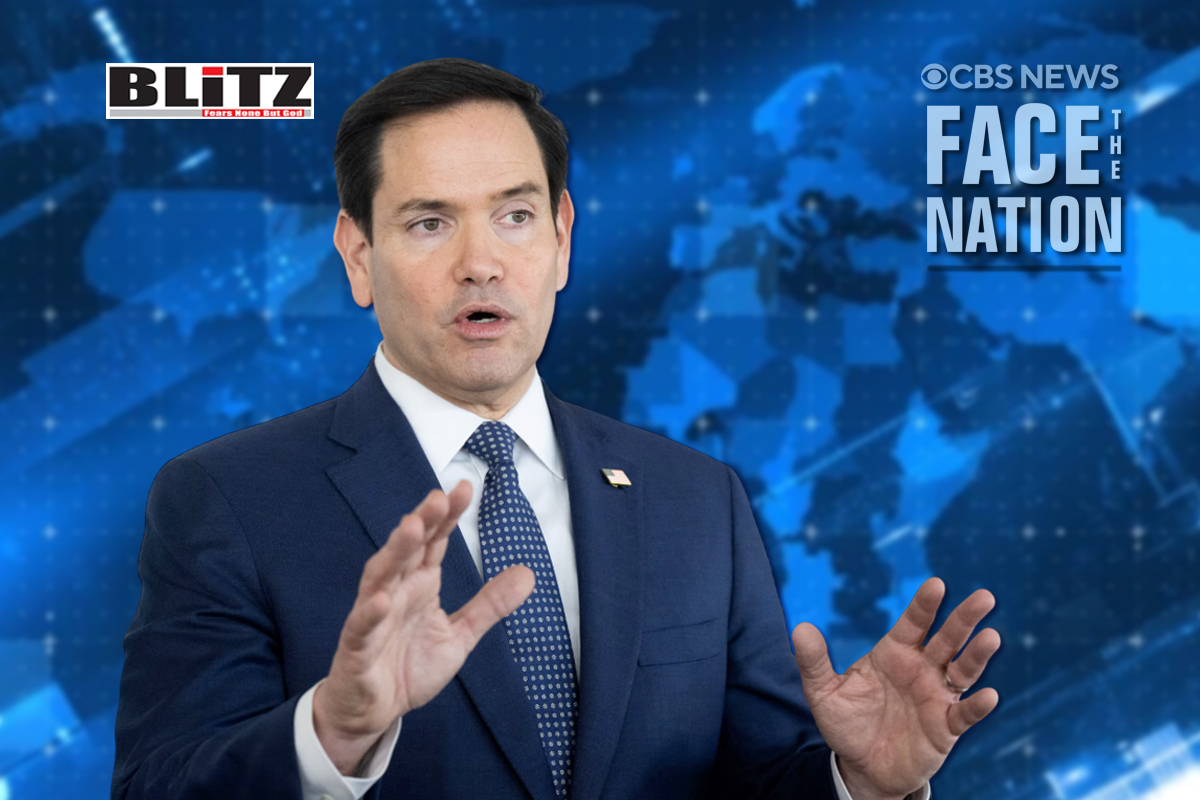
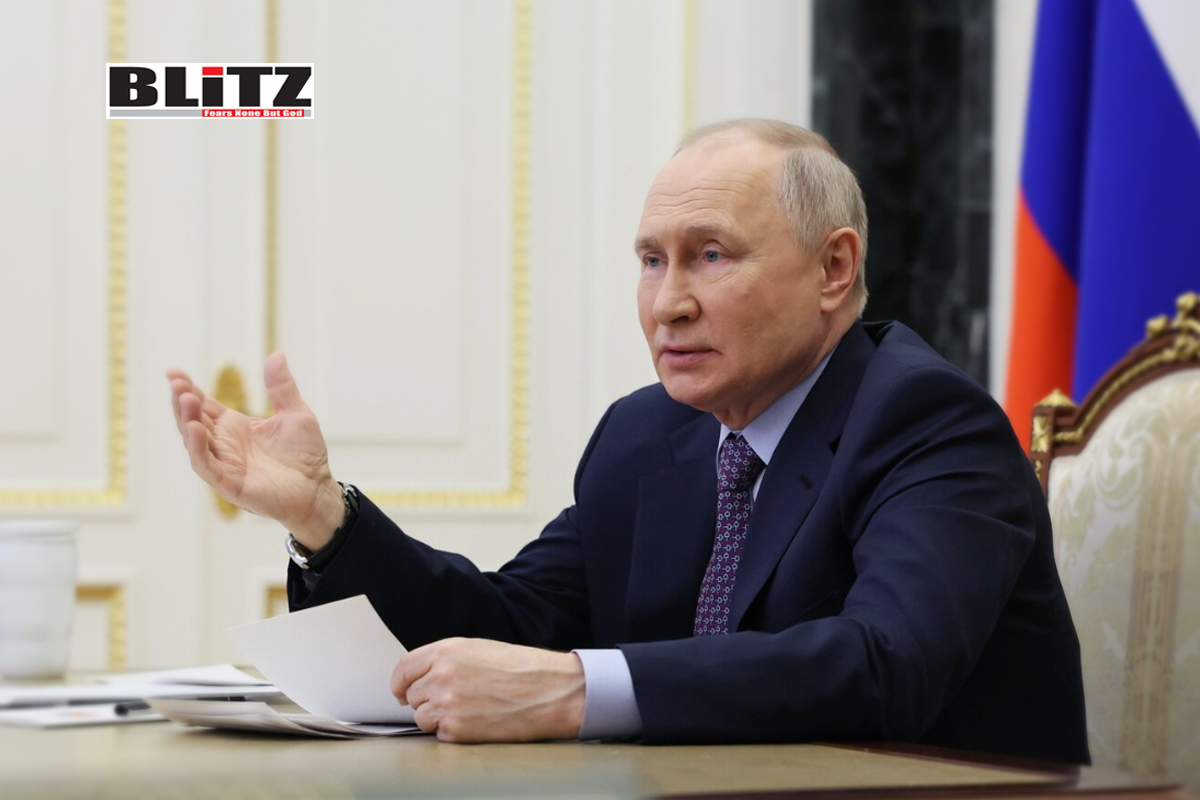
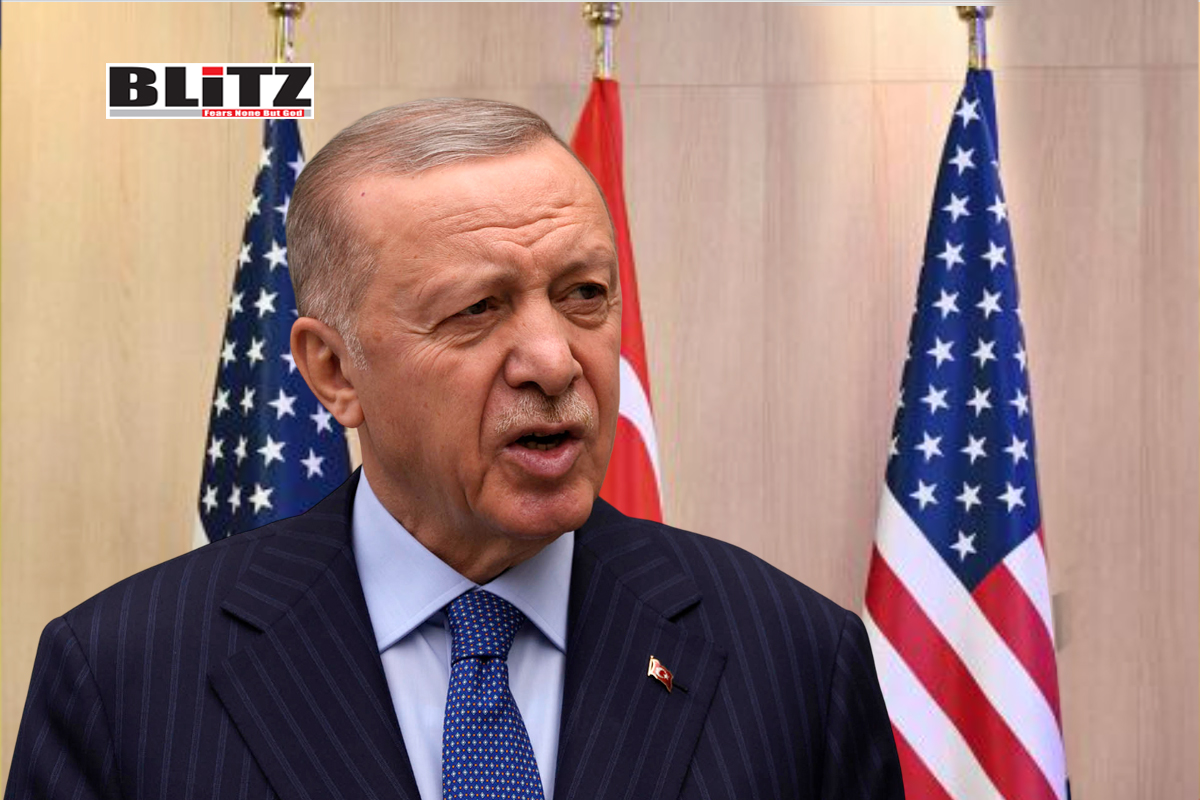
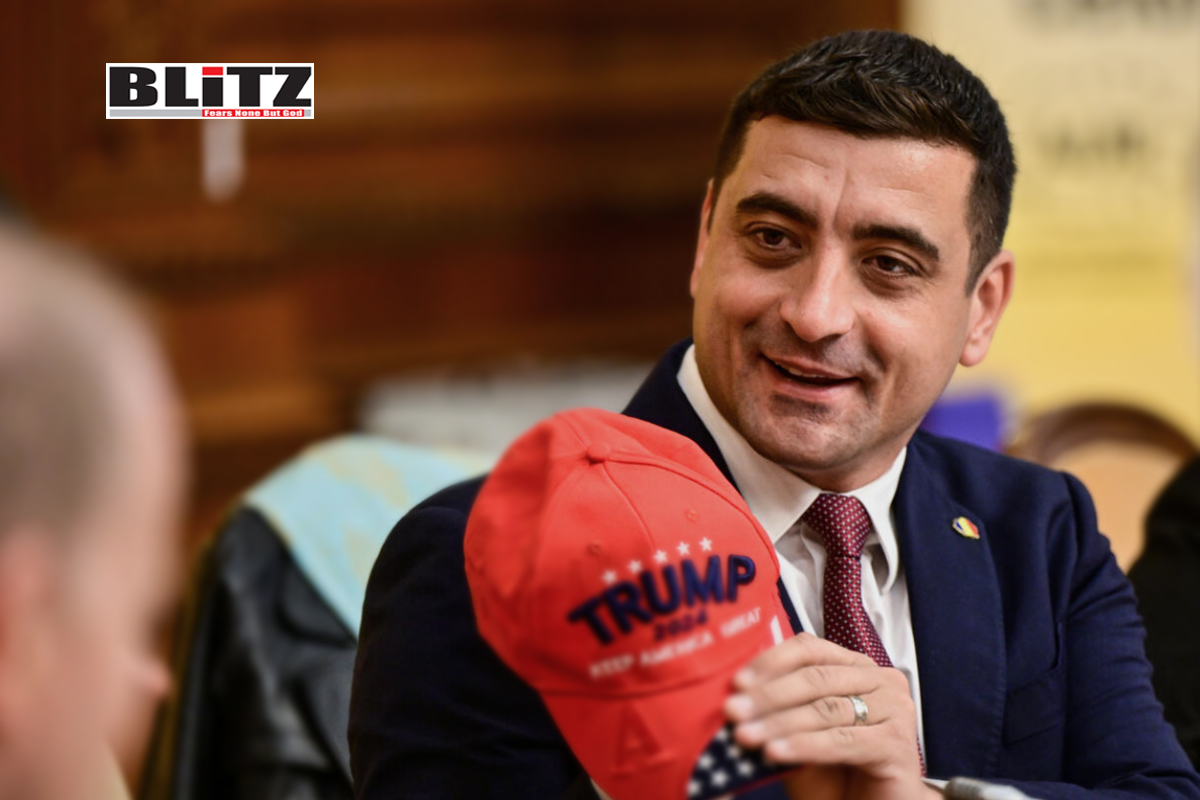
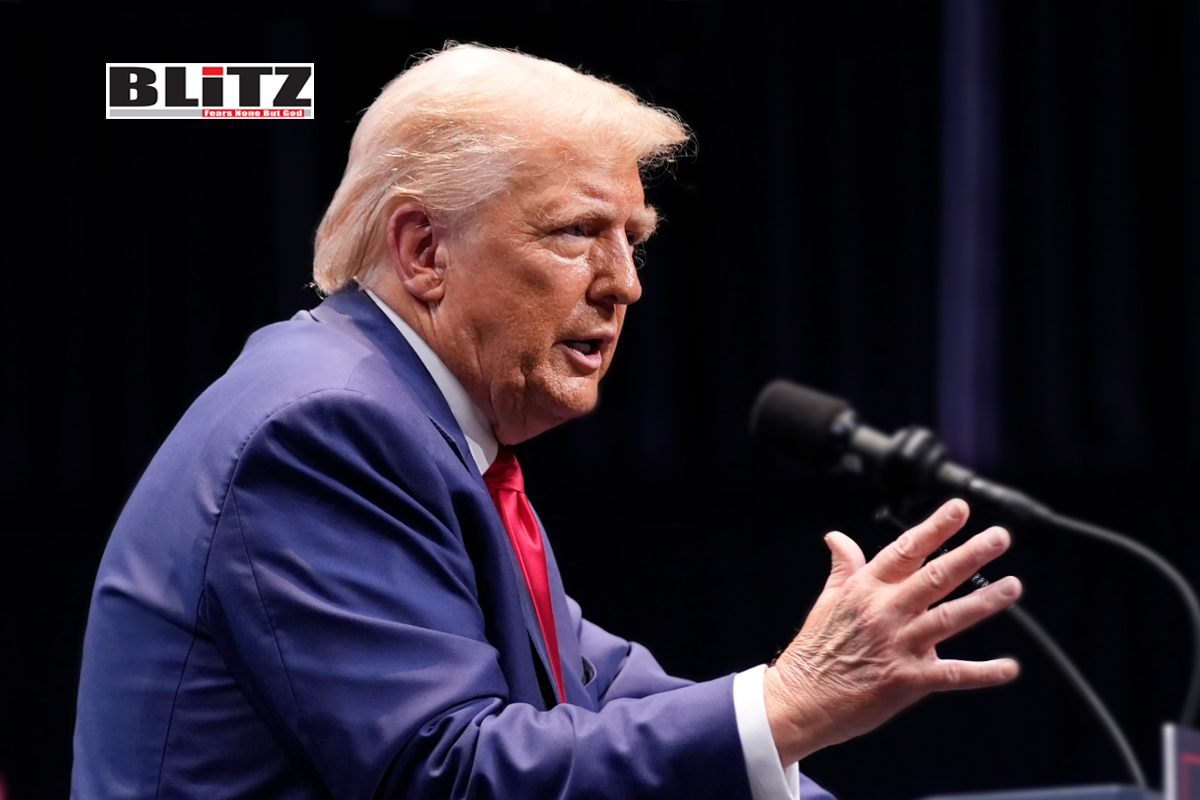
Leave a Reply